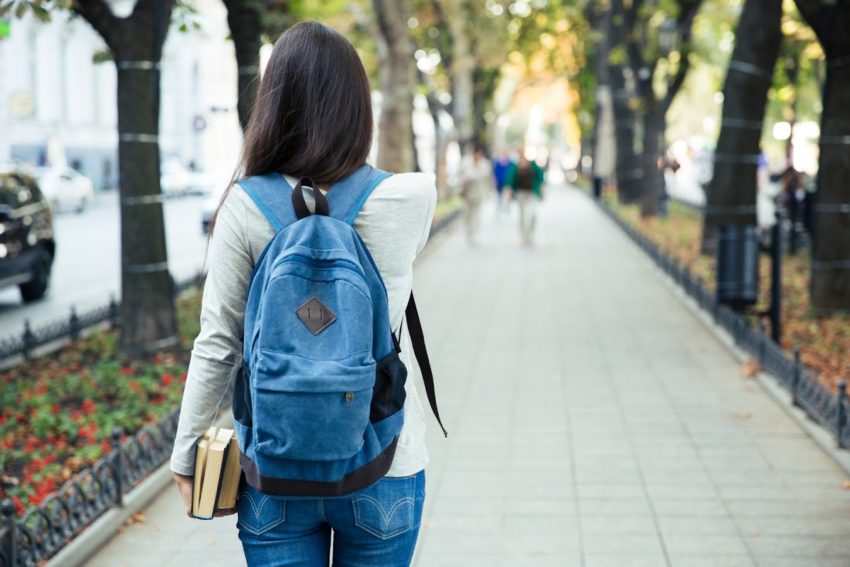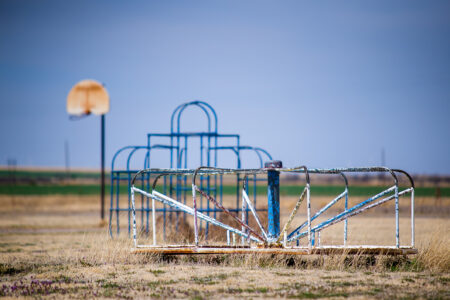
Share On Social!
Everyone in America deserves to live within a 10-mile walk of a park.
Sadly, many do not.
Latino kids, in particular, tend to lack safe, accessible places to play, which prevents them from getting the physical activity they need for healthy minds and bodies.
That’s why the Trust for Public Land created the ParkScore.
What is a ParkScore?
ParkScore assesses a city’s park system. It also ranks the nation’s 100 most populated cities by park access, park size, and facilities and investment.
Minneapolis has the best park score. Check out the many reasons why Minneapolis has such a good score.
Laredo, a 95% Latino city in South Texas, comes in 93rd.
Here’s the full list of ranked cities.
City officials can use the ParkScore to guide investment in parks and promote equitable distribution in infrastructure, services, and general improvements. They can also use ParkScore to guide transportation planning, such as investments in sidewalks, bike lanes and public transit.
How Does a City Get a Better ParkScore?
Shared use agreements played a large role in boosting cities’ ParkScore, according to the 2017 annual report.
For example, San Francisco (15.1% Latino) came in third “mostly because of improved access to basketball courts at schoolyards now open after hours and on weekends,” according to the Trust for Public Land 2017 ParkScore Index release.
Fresno (46.9% Latino) climbed from 97th to 90th after shared use agreements opened school playgrounds and athletic fields for public use after school hours and on weekends.
Keeping playgrounds, pools, tracks, and fields open to the public after school, on weekends, and during the summer is a low-cost way to boost access to safe places to walk and play. This also benefits the entire community.
Also, while shared use is a great strategy, there remains a big need for new park acquisition and open space preservation, said Will Rogers, president of The Trust for Public Land.
Ensuring families have safe routes to walk or bike to parks is also important. City leaders and planners should work with parks departments to focus on underserved areas and should work with community members to determine other barries to walking to parks, such as stray dogs.
Look up your city’s ranking and share this tool with city and school leaders.
By The Numbers
33
percent
of Latinos live within walking distance (<1 mile) of a park



